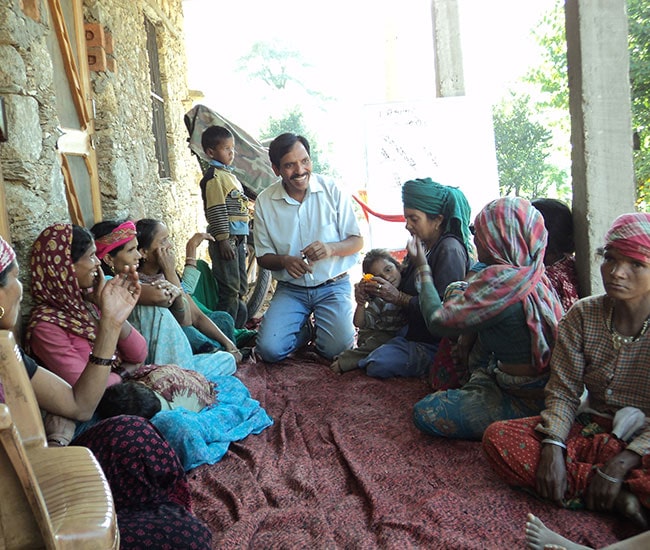Governance
A fundamental principle of democracy is that people should have control over the crucial decisions affecting their lives. In the past, such political, economic and social decisions were entrusted to elected representatives. Now it is believed that people need to themselves participate in the workings of government, making elected officials and bureaucrats more accountable, and exercising power in a decentralized way to create direct democracy.

Decentralized governance in India was enabled by the 72nd and 73rd Amendments to the Indian Constitution which granted wider powers to village panchayats and town municipalities. In regions designated under Schedule V of the Constitution because of their large Scheduled Tribe population, the Panchayats Extension to Scheduled Areas Act 1996 (PESA) empowers village communities to exercise a range of rights over land, water, forests and other commons. The legal provisions of panchayati raj address the inequalities in Indian society by reserving positions for women, Scheduled Castes and Scheduled Tribes. Government programmes for rural employment, education, health, public works and distribution of subsidized provisions now depend on the direct involvement of local communities in monitoring and execution. This makes panchayats a key area for empowering under-represented social groups and ensuring that they can direct development to fulfil their own needs and aspirations.
To effectively realize the powers granted for decentralized governance and to implement the welfare programmes now entrusted to the community requires collective mobilization. SRUTI Fellows have been working on various aspects of community empowerment, enabling people to exercise their rights as active citizens and organizing them to take control over their resources and state welfare funds, to secure the benefits of development.

